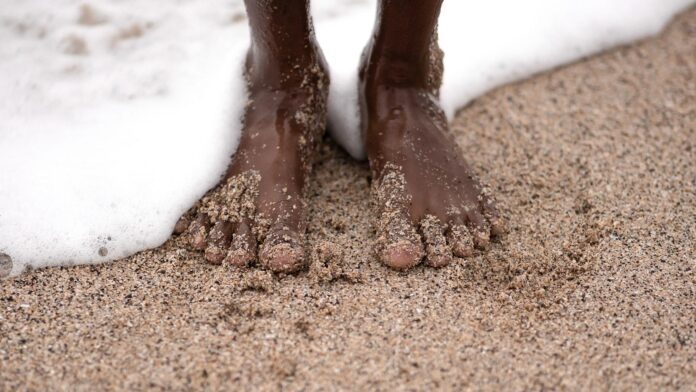
Diabetic foot ulcers are a common complication of diabetes, impacting an estimated 15% of diabetic patients at some point in their lives. These ulcers are one of the most significant risks for people with diabetes, as they can lead to serious infections, gangrene, and even amputation if left untreated. In this article, we will discuss the causes, symptoms, and treatment options for diabetic foot ulcers.
Causes of Diabetic Foot Ulcers
Diabetic foot ulcers are primarily caused by three main factors: peripheral neuropathy, peripheral artery disease, and poor circulation. Peripheral neuropathy is a common complication of diabetes that causes the loss of sensation in the feet. This means that individuals with diabetic neuropathy may not feel pain, heat, or cold in their feet, making them more prone to injuries and infections.
Peripheral artery disease is another common complication of diabetes that results in the narrowing or blockage of blood vessels in the legs and feet. This decreases blood flow to the extremities, making it harder for wounds to heal and increasing the risk of developing ulcers.
Poor circulation is also a significant factor in the development of diabetic foot ulcers. People with diabetes often have high levels of glucose in their blood, which can lead to damage to blood vessels and reduced blood flow to the feet. This impairs the body’s ability to deliver nutrients and oxygen to the affected area, hindering the healing process.
Symptoms of Diabetic Foot Ulcers
The most common symptom of a diabetic foot ulcer is an open sore or wound on the foot that does not heal properly. These ulcers can be shallow or deep, and may appear red, swollen, or oozing with pus. Other symptoms may include:
– Pain or tenderness in the affected area
– Warmth or discoloration of the skin
– Swelling or redness around the wound
– Pus or drainage from the wound
– Bad odor coming from the wound
If you notice any of these symptoms, it is crucial to seek medical attention immediately to prevent the ulcer from becoming infected and leading to more serious complications.
Treatment Options for Diabetic Foot Ulcers
There are several treatment options available for individuals suffering from diabetic foot ulcers. The primary goal of treatment is to promote healing, prevent infection, and ultimately avoid amputation. Some common treatment options include:
– Wound care: Proper wound care is essential in treating diabetic foot ulcers. This includes cleaning the wound, removing dead tissue, and dressing the wound with appropriate bandages.
– Offloading: Offloading involves taking pressure off the affected foot to allow the ulcer to heal. This may involve wearing special footwear, using crutches, or other devices to reduce pressure on the wound.
– Antibiotics: If the ulcer becomes infected, antibiotics may be prescribed to help fight off the infection and prevent it from spreading.
– Debridement: Debridement is the process of removing dead or infected tissue from the wound, promoting healing and preventing further complications.
– Wound dressings: Various types of wound dressings are available to help promote healing and protect the ulcer from infection.
– Hyperbaric oxygen therapy: Hyperbaric oxygen therapy involves breathing pure oxygen in a pressurized room, promoting healing by increasing the amount of oxygen delivered to the affected area.
– Surgery: In severe cases, surgery may be necessary to remove infected tissue, repair damaged blood vessels, or even amputate the affected limb.
Preventing Diabetic Foot Ulcers
Prevention is always better than cure, and there are several steps individuals with diabetes can take to reduce their risk of developing foot ulcers. Some preventive measures include:
– Maintain good blood sugar control to prevent nerve damage and promote healing.
– Keep feet clean and dry to prevent infections.
– Inspect feet daily for any cuts, blisters, or sores, and seek medical attention if you notice any abnormalities.
– Wear comfortable and supportive footwear to reduce pressure on the feet.
– Avoid going barefoot or wearing tight shoes that can cause rubbing or blisters.
– Quit smoking, as smoking can decrease blood flow to the feet and slow down the healing process.
Conclusion
Diabetic foot ulcers are a serious complication of diabetes that can lead to severe infections, amputations, and even death if left untreated. Understanding the causes, symptoms, and treatment options for diabetic foot ulcers is essential for individuals with diabetes to prevent and manage this debilitating condition.
By maintaining good blood sugar control, practicing proper foot care, and seeking prompt medical attention for any wounds or sores, individuals with diabetes can reduce their risk of developing diabetic foot ulcers and improve their overall quality of life. Remember, prevention is key, so taking proactive steps to care for your feet can make all the difference in avoiding this potentially life-threatening complication.












